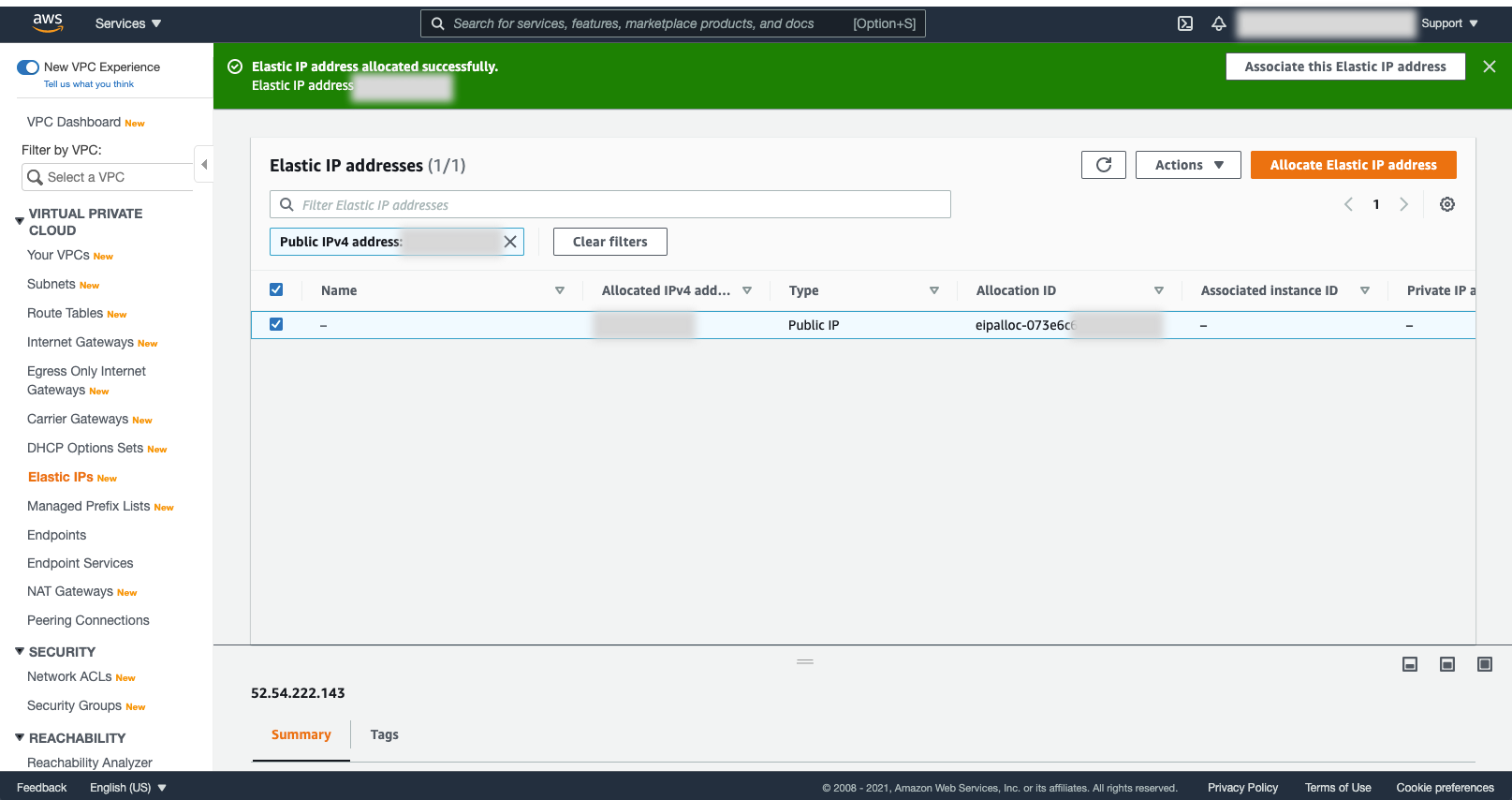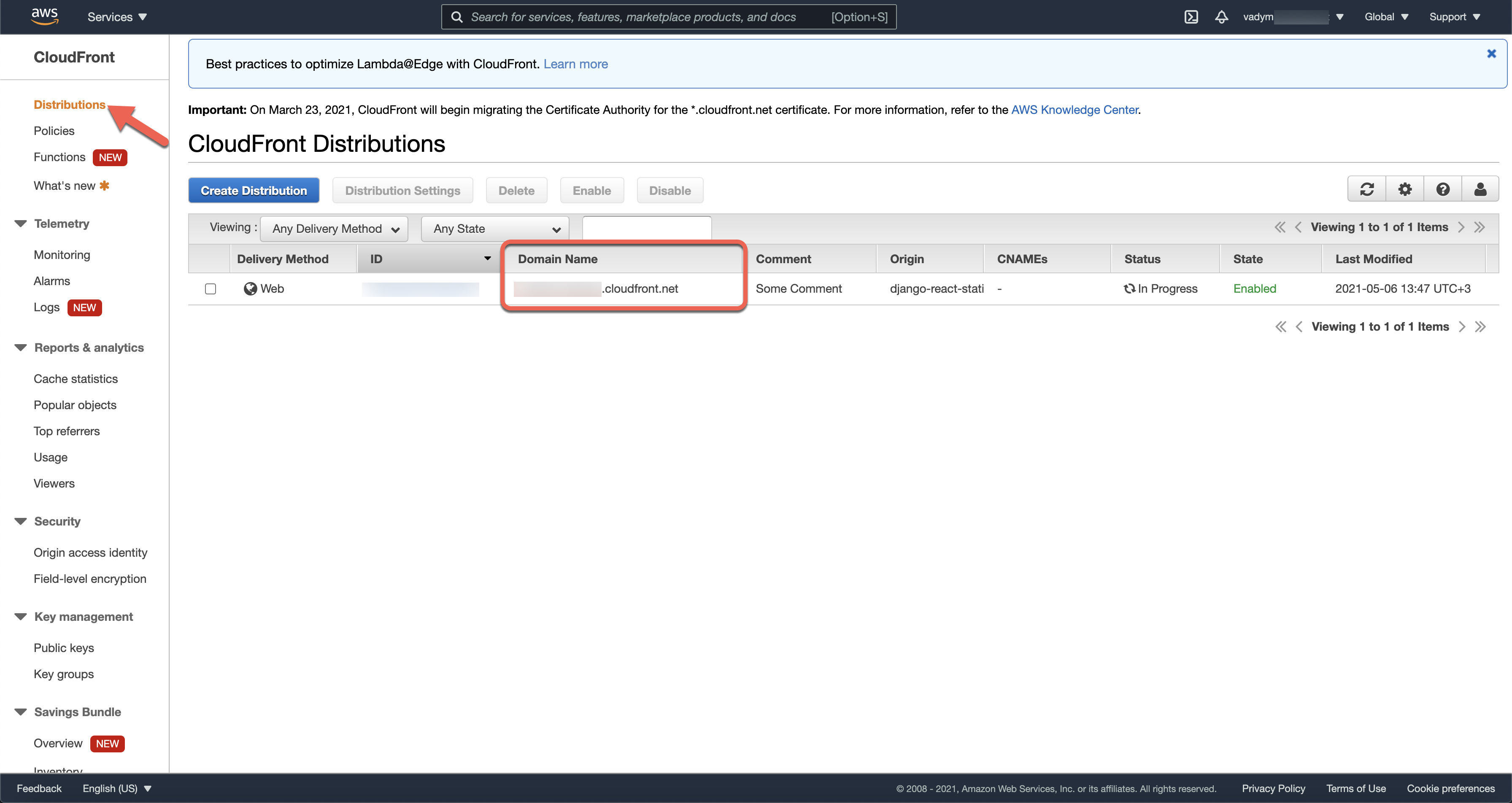

- AWS POSTGRESQL APACHE DJANGO HOW TO
- AWS POSTGRESQL APACHE DJANGO INSTALL
- AWS POSTGRESQL APACHE DJANGO UPDATE
- AWS POSTGRESQL APACHE DJANGO UPGRADE
- AWS POSTGRESQL APACHE DJANGO PASSWORD
AWS POSTGRESQL APACHE DJANGO INSTALL
sudo pip3 install virtualenvĪ virtual environment is a tool that helps to keep dependencies required by different projects separate, by creating isolated python virtual environments for them, and it doesn’t affect the dependencies installed on the OS level. Install virtualenv using the following command. Here sudo is used to provide root access whenever necessary. The second command installs apache2, pip3, and mod-wsgi(module used in Apache, for running Django server, and will be enabled automatically upon installation).
AWS POSTGRESQL APACHE DJANGO UPDATE
The first command is to update apt package manager in Ubuntu. Sudo apt-get install python3-pip apache2 libapache2-mod-wsgi-p圓

The Ubuntu EC2 instance needs to be configured to achieve the goal. It is designed for developers to have complete control over web-scaling and computing resources. Both Nginx or Apache can be used to achieve our goal, it depends on one’s needs and ease of use.ĮC2 is a web service interface that provides virtual machines which can be tailored to our needs in AWS cloud.If one is already familiar with Apache, then it’s a better choice and will be less time-consuming.Apache has support for a lot of custom modules for security, request handling, SSL termination, etc which in turn helps in faster and efficient development.This has gathered support from a huge community comprising of developers. Apache is an older player, free and open source for more than two decades now.Apache has better documentation support as compared to Nginx.A human might not even notice this slight difference. So the total time for Apache comes out to be 20.3ms whereas Nginx takes 20.06ms which is very close to one another. In the same scenario, Nginx might take 0.06ms to proxy a request to Django app. So, if it takes Apache 0.3 ms to proxy a request to Django app, the Django app might need 20ms to respond to the request. Django, on the other hand, might only be able to serve 50 requests in one second. The tests show that in one second Nginx might be able to serve 15000 static files whereas Apache may only serve 3000 with the same hardware.This theoretically makes Nginx faster but real-world performance between both shows a negligible difference. Nginx is event-driven while Apache uses one thread per request.There are several other web servers available with the most prominent one being Nginx(Engine-X). These modules help Apache perform various functions.Ī module called mod-wsgi will be used to help Apache communicate with WSGI interface in our Django application. This is where different modules for Apache comes in. The caveat here is that that Apache at its core, is designed to serve only HTTP requests. Apache is an example of an HTTP web server. It is only used for Python Programming Language.Īn HTTP web server’s primary task is to receive a request, and serve HTTP files in response. A WSGI server (meaning WSGI compliant) only receives the request from the client, passes it to the application and then sends the response returned by the application to the client. Web Server Gateway Interface (WSGI)is just an interface specification with which, the server and application communicate. Its inbuilt lightweight server interacts with WSGI to serve files. It is used to combine HTML/CSS/Javascript files for front-end, and python for the back-end. Now you may connect to the EC2 postgresql using the public DNS provided and port 5432.Photo by Stanley Dai on Unsplash What’s the Django Framework?ĭ jango is a Python web-framework used to develop web applications.The last step is to restart the PostgreSQL server.# Change line 59 to listen to external requests: # Near bottom of file after local rules, add rule (allows remote access): Sudo vim /etc/postgresql/10/main/pg_hba.conf Now update configuration for remote access for clients.
AWS POSTGRESQL APACHE DJANGO PASSWORD
But first we need to change the password of the user postgres (default user).Now PostgreSQL has been initiated, however it wil only listen to localhost, so we need to edit the configuration of the PostgreSQL.

Sudo apt-get install postgresql postgresql-contrib
AWS POSTGRESQL APACHE DJANGO UPGRADE
Sudo apt-get update & sudo apt-get -y upgrade
AWS POSTGRESQL APACHE DJANGO HOW TO
In this blog, we will cover how to set up a PostgreSQL instance in EC2 such that it can be used similar to RDS. At the same time, RDS comes with several advantages and less maintenance.

AWS RDS might be expensive at initial stage however EC2 is much more relatively cheaper.


 0 kommentar(er)
0 kommentar(er)
